Panasonic Lumix S Pro 16-35mm f4 Review L Mount:
If you’re looking for an ultra wide angle lens for your L mount system, there are more, and more choices being introduced. Off the top of my head, you obviously have all the M mount lenses at your disposable. There is also the Leica Super-Vario-Elmar-SL 16-35mm ASPH, and of course, L mount offerings from Sigma. One lens I reviewed a while back was the Sigma 14-24mm Art lens, which was simply fantastic (review here). On the Panasonic end, there’s the Lumix S Pro 16-35mm f4, which is what I’m going to talk about here.
On a side note, while I was reviewing this lens, the Corona Virus situation in NYC intensified pretty rapidly and suddenly, so there are less pics (and variety) than usual. There’s still a lot because I did most of the review before the situation here intensified but I definitely had to cut short my review in the end.
Panasonic Lumix S Pro 16-35mm f4 Build Quality:
So, let’s take a look at the overall build quality of the 16-35mm f4 now, and start with the weight. One concern I hear a lot about in terms of L mount lenses is that they aren’t exactly light. In fact, I know a few of you who are happy using just M lenses simply because they are lighter options. For those who’ve been wanting to move away from M lenses to some L mount glass but are still looking for something that is lighter, the Lumix S Pro 16-35mm f4, is right up your alley. I’ve shot with a few L mount lenses already but most have been from Sigma and Leica, so quite frankly, I was not expecting the 16-35mm to be so light. When I first received it, I was double checking just to make sure it was really L mount compatible haha. The weight of this lens is just 500 g.
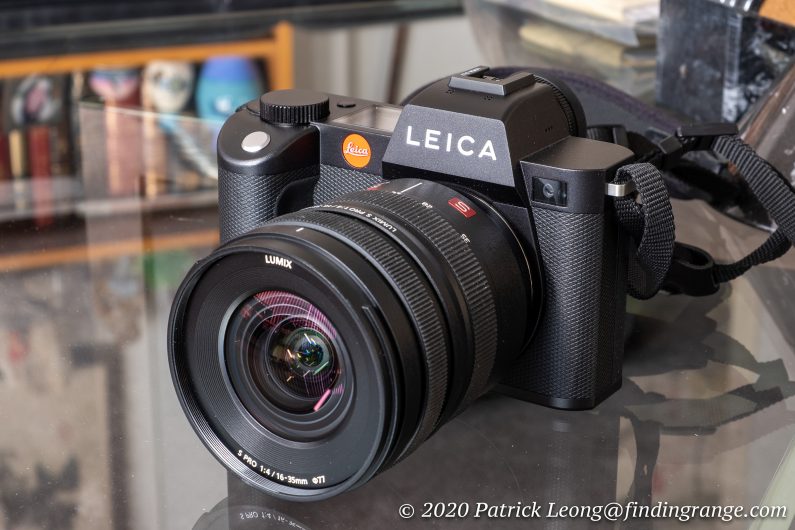
↑ Leica SL2 with the Panasonic Lumix S Pro 16-35mm f4 attached.
Another concerned I hear about L mount lenses is the overall large size of them. As you can see, the 16-35mm f4 is pretty compact for a zoom as well. It uses a 77mm filter thread, and the overall length is about 3.9″ or 100mm. Honestly, this would make a great companion to the Sigma 45mm f2.8 that I reviewed last year.
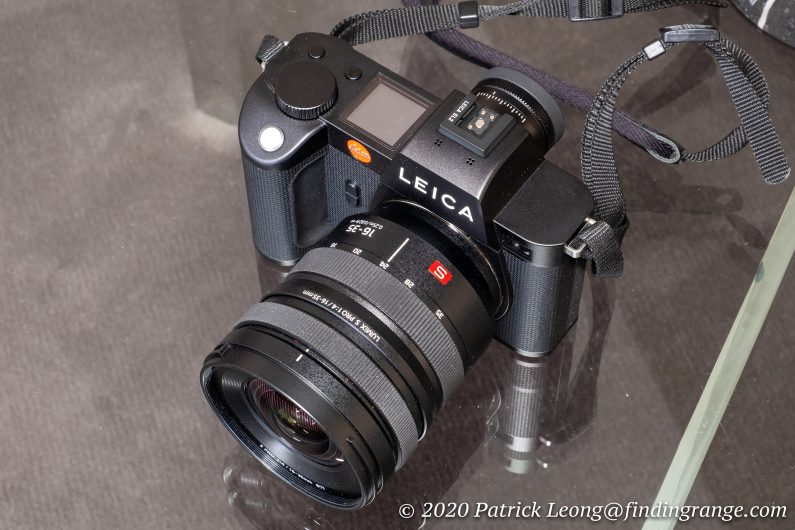
↑ Top view of the SL2 with the 16-35mm f4.
While the lenses are different, it’s difficult for me to not compare the Lumix S Pro 16-35mm f4 to the Sigma 14-24mm f2.8 that I reviewed a few months back. The 14-24mm f2.8 is fantastic. In fact, if you haven’t tried any Sigma glass on your L mount camera, you are missing out. Every single one that I’ve tried so far has been nothing short of spectacular in terms of optics. Getting back to the 14-24mm, the Sigma is an Art series lens, so it’s all about the image quality regardless of size or weight, and the build is equally as good. For those looking for a relatively fast, and extremely capable lens around that focal length, it’s hard to beat. But there’s also no denying that it’s a beast of a lens. It weighs 795 g, which is almost 300 g heavier than the Panasonic, and in terms of size, let’s just say it’s not exactly discreet ;). That huge lens hood alone gives you away.
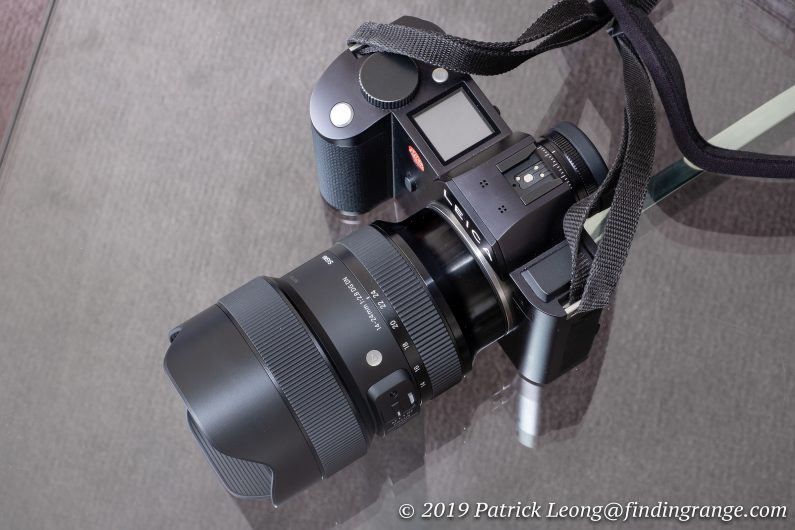
↑ This is the SL with the Sigma 14-24mm f2.8 DG DN Art.
For those looking for a more compact and lighter lens, the Lumix S Pro 16-35mm f4 is a great option. Yes, you do sacrifice some speed but when it comes to wide angle lenses, I’m actually in this camp, since I stopped down most of the time anyway when I shoot with them. Since switching to boudoir and portrait, I haven’t used any ultra wide angles much except when I have a loaner to review but there was a time when one of my most used lenses was my Super Elmar-M 18mm f3.8 ASPH. It was like my daily street lens, and I was completely fine with the modest max aperture. Plus, with the high ISO capabilities that we have these days in cameras, I don’t feel f4 is really such a negative. Again, the Panasonic 16-35mm f4, and the Sigma 12-24mm f2.8 are different lenses, so I’m not doing a real comparison here. I’m just mentioning it because I’m assuming some will likely compare the two when considering an ultra wide angle zoom considering they are also similarly priced as well.
But regardless of what anyone else says, always get the lens that fits you best. For instance, my most used lens now is the Summilux-SL 50mm f1.4 ASPH, which as some of you know, is a true beast in every way but quite frankly, I don’t care. I use it as my main lens because I know it’s going to deliver the results that I want, and that’s the most important thing. For my work, the size and weight is a non-issue but an ultra wide for me might be a different case because I would use it for other situations.
As for the actual build of the Lumix S Pro 16-35mm f4, this is quite a solid lens in every way. There are no creaks or any rattles. The zoom ring has a tighter feel yet it’s still smooth, which is what I prefer. I was using this lens on my Leica SL2 the entire time, and it definitely did not feel out of place. The combo is actually great; the lens balances nicely on the SL2, and its solid feeling structure matches well with the camera. Panasonic says this lens is compatible with APS-C cameras as well where it gives you an equivalent focal length of 24-52.5mm. Because of the weight and size, this might make a great option for the Leica CL. It’s worth noting that Panasonic says this lens is also great with video. There’s a mechanism that suppresses focus breathing, and micro-step aperture control for smooth exposure change.
Like a lot of lenses these days, the 16-35mm f4 is also weather and splash resistant. It can even be operated under harsh conditions, such as 10 degrees below zero, so you can take it with you even on those days when the weather isn’t cooperative. While I was not shooting in any freezing temps, I didn’t have any issues operating the lens on the days that it did rain here.
Lastly, the Lumix S Pro 16-35mm f4 does come with a lens hood as well. However, I didn’t use it much simply because I didn’t really need it. Flare wasn’t an issue, and the lens was smaller without one.
Panasonic Lumix S Pro 16-35mm f4 Autofocus:
The Lumix S Pro 16-35mm f4 uses a double-magnet linear motor for its autofocus system. There’s also a focus clutch mechanism, which enables instant AF/MF switching. For the most part, there’s not much to say about the autofocus because it was near instantaneous and extremely accurate. Maybe I should be more technical but the truth is, it works, and was not only a joy to use, I felt it was drama free.
Panasonic Lumix S Pro 16-35mm f4 Image Quality:
In terms of image quality, I found the Lumix S Pro 16-35mm f4 to be excellent. For one, I found this lens to be extremely sharp. Even at f4, sharpness is excellent. Sometimes, I test for sharpness by placing my camera on a tripod with the image stabilization off, and I shoot my brick wall out on my patio. I spent more time than usual reviewing the RAW files that I shot with this lens on my computer, and truthfully, I struggled to even see any real difference at wide open aperture to images where I’ve stopped this lens down. Corners are great too, especially for a wide angle. This lens is really going to give you some nice, crisp, and three dimensional images.
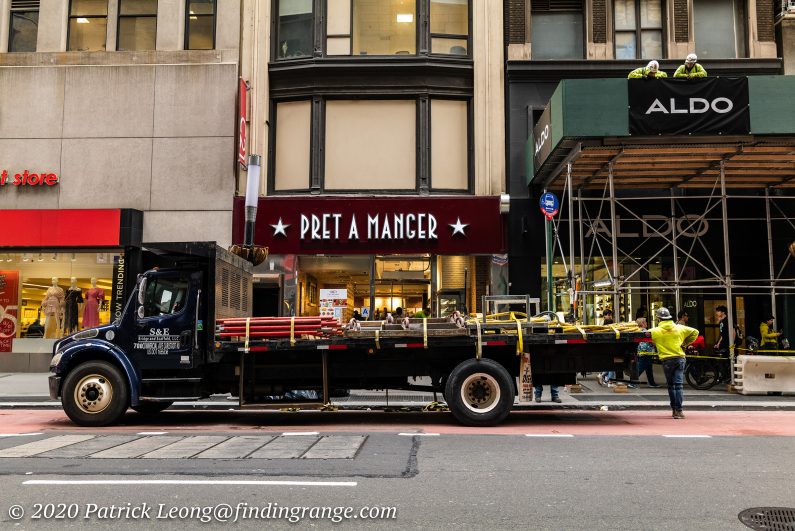
↑ This was taken with the 35mm focal length. The settings were f4 and 1250 ISO.
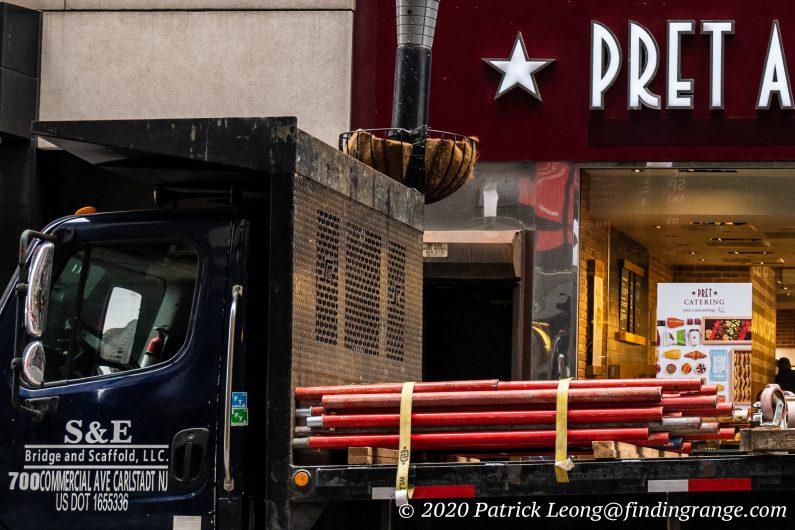
↑ Here’s a 100% crop of the photo above.

↑ Here’s a shot taken with the 16mm focal length. The settings were f8 and 160 ISO.

↑ Here’s a 100% crop of the photo above.
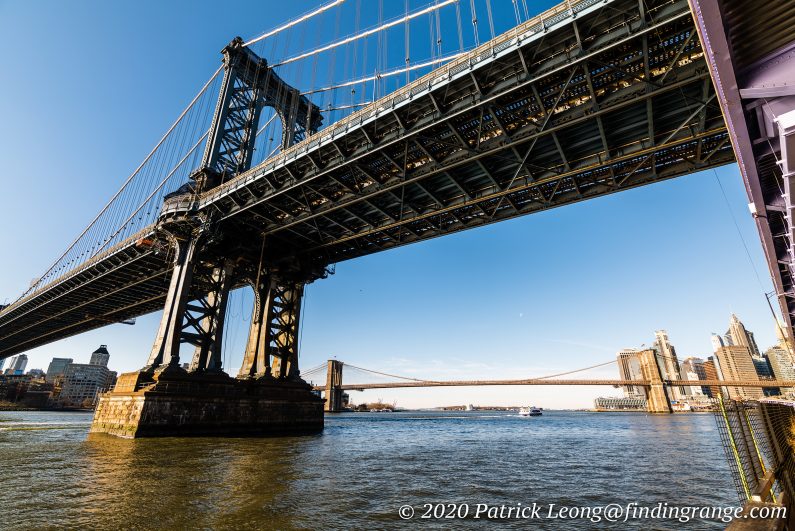
↑ This was taken with the 16mm focal length. The settings were f8 and 160 ISO.
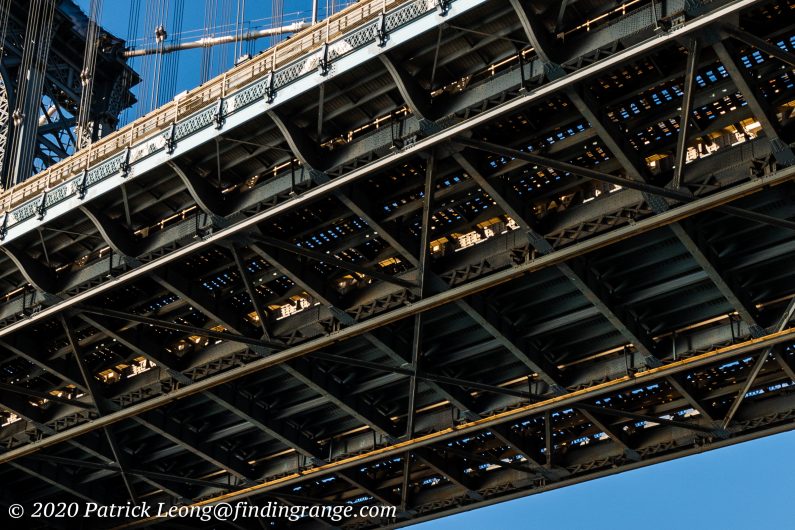
↑ Here’s a 100% crop of the photo above.
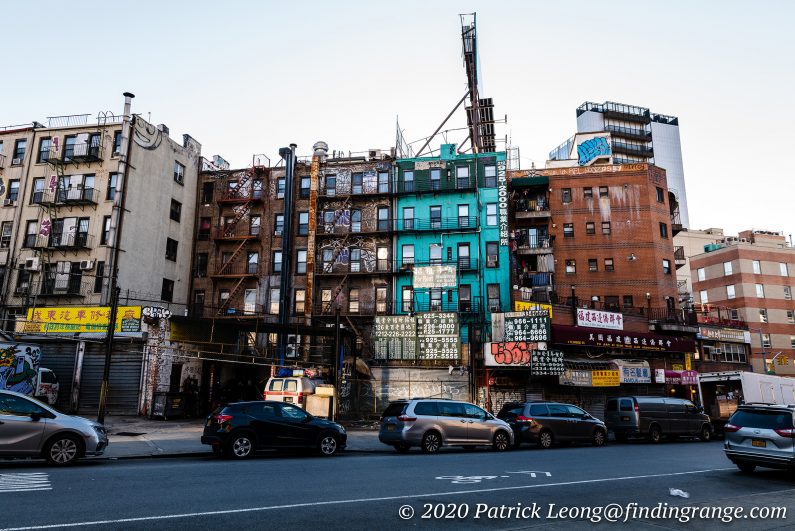
↑ This was taken early in the morning with the 25mm focal length. The settings were f6.3 and 400 ISO.

↑ Here’s a 100% crop of the photo above.
As for other characteristics, color and contrast rendering are great. Subjects really pop out of the images even when they are taken at smaller apertures. I did notice some vignetting, especially at f4. Stopping down to just f5.6 does help reduce this significantly. In fact, I found it essentially clean in real world shooting by f5.6 with f8 being slightly better in terms of vignetting. As I mentioned earlier, I also did not experience any real flare with this lens under normal usage (meaning shooting normally, and not purposely trying to achieve flare). Lastly, I didn’t have much issue with chromatic aberrations.

↑ This was taken with the lens set at 23mm. The settings were f5.6 and 2000 ISO.

↑ This photo was taken with the 35mm focal length at f8. I used 200 ISO.

↑ The settings here were 320 ISO, and f5.6 using the 16mm focal length.
In terms of bokeh and shallow depth of field, the Lumix S Pro 16-35mm f4 has a modest maximum aperture, and it’s an ultra wide angle zoom. You’re definitely not going to be achieving that ultra thin depth of field, and isolation of say an f1.4 50mm, for example. Plus, I don’t see many people using a lens like this for the purpose of shallow depth of field shots. If you do get any significant shallow depth of field, you’d have to shoot pretty close. With that said, the 16-35mm f4 does have nine aperture diaphragm, which helps contribute to a smoother looking bokeh. I wish I had close up shots demonstrating the bokeh better but as I mentioned earlier, I wasn’t able to get all the shots that I wanted because of the pandemic.
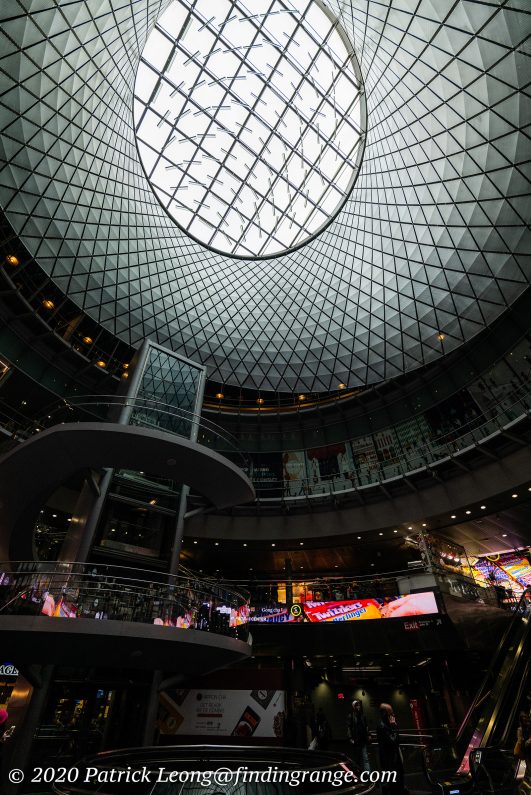
↑ This was taken with the lens set at 16mm. The settings were f4 and 320 ISO.

↑ This was taken in the morning with the 35mm focal length. The settings were f7.1 and 640 ISO.
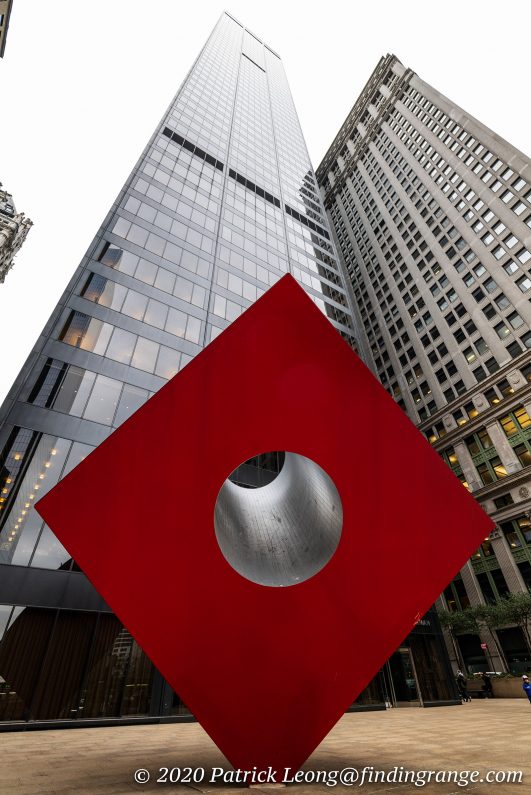
↑ I definitely miss shooting with something as wide as a 16mm. It’s a lot of fun. The settings here were f5.6 and 500 ISO.
Overall, the optical performance of the Lumix S Pro 16-35mm f4, is superb overall. I was impressed, and I would be very happy with this lens if I owned it. I did spend enough time with the 16-35mm f4 to give all of you a fair assessment of the 16-35mm f4 but I definitely wish I had more time with it to shoot more photos. It would’ve been really nice to get some good keepers for my own personal work, and to share with all of you, of course.
Panasonic Lumix S Pro 16-35mm f4 Pros And Cons:
Panasonic Lumix S Pro 16-35mm f4 Pros:
- Light and compact; great to shoot with all day.
- Solid build.
- Dust and splash resistant.
- Fast autofocus.
- Superb image quality.
- Excellent sharpness.
Panasonic Lumix S Pro 16-35mm f4 Cons:
- In my opinion, this isn’t a huge problem but for some, the vignetting at f4 my be an issue.
Panasonic Lumix S Pro 16-35mm f4 Verdict:
Bottom line is for those looking for a great ultra wide angle zoom for their L mount camera, the Lumix S Pro 16-35mm f4 is hard to beat. It’s well-made, weather-resistant, has quick autofocus, and the image quality is fantastic.

↑ Here’s another shot taken with the 16mm focal length. The settings were f8 and 320 ISO.
It’s also light and compact for an L mount lens. This is something that you will definitely not have to worry about carrying around all day. This along with the fact that the zoom range is 16-35mm means it can be quite versatile, and for some, even an essential part of their system. 16-35mm covers quite a lot, if you think about it. In fact, when I’m on vacation, my most used focal lengths are actually from 35mm and down towards the wider spectrum. But in addition to vacations, this is great for street work, landscape and whatever else you can think of where an ultra wide is beneficial because of not only its focal length but size, and weight.

↑ This was taken with lens set at 26mm. The settings were 200 ISO and f8.
As for any real negatives, it’s difficult to think of any that really stand out. I mentioned vignetting but even with that, I didn’t feel it was so bad that it was unusable. As for price, the 16-35mm f4 currently goes for $1,497.99, which is not cheap but at the same time not outrageous for what you’re getting here. In comparison, something like the Sigma 14-24mm f2.8 DG DN Art goes for $1,399. It’s a stop faster but the focal length ranges are different. There’s also the Leica Super-Vario-Elmar-SL 16-35mm f/3.5-4.5 ASPH, which while I have not reviewed yet, I’m sure is absolutely superb. But it also costs $6,095. That’s definitely a lot of money to pony up, especially for some who may not really use an ultra wide enough to justify that cost. I’m definitely one person who wouldn’t use one much. Like I said before, I primarily shoot boudoir and fashion; an ultra wide would be more for my vacations to be honest, and so for me, the Panasonic sounds like a much better choice given that again, it’s light, compact, and the image quality is still excellent.
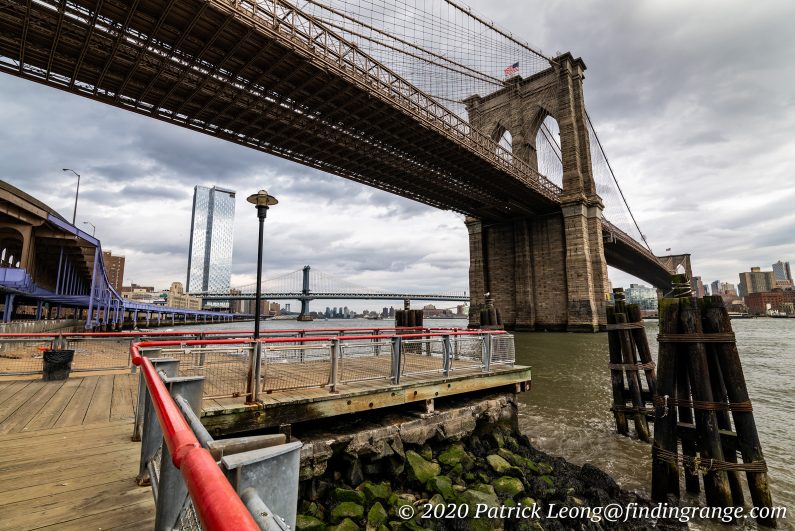
↑ For this last shot, I used the 16mm focal length. The settings were f8 and 400 ISO.
Overall, the Lumix S Pro 16-35mm f4 is a fantastic addition to the L mount system as a whole. It’s something that will not only add to its versatility as a system but also enhance it. If you want an ultra wide angle zoom that has all the qualities I mentioned above, and you’re willing to trade in a little speed, the 16-35mm f4 is definitely something that you should consider. You’ll get some outstanding images. I can’t recommend it enough.
Thanks for taking the time to read my review! If you’re considering purchasing the Panasonic 16-35mm f4, and my review helped you decide, please help support this site by purchasing from the link below or any mentioned in this review. It will not cost you anything extra. Thank you for your support!

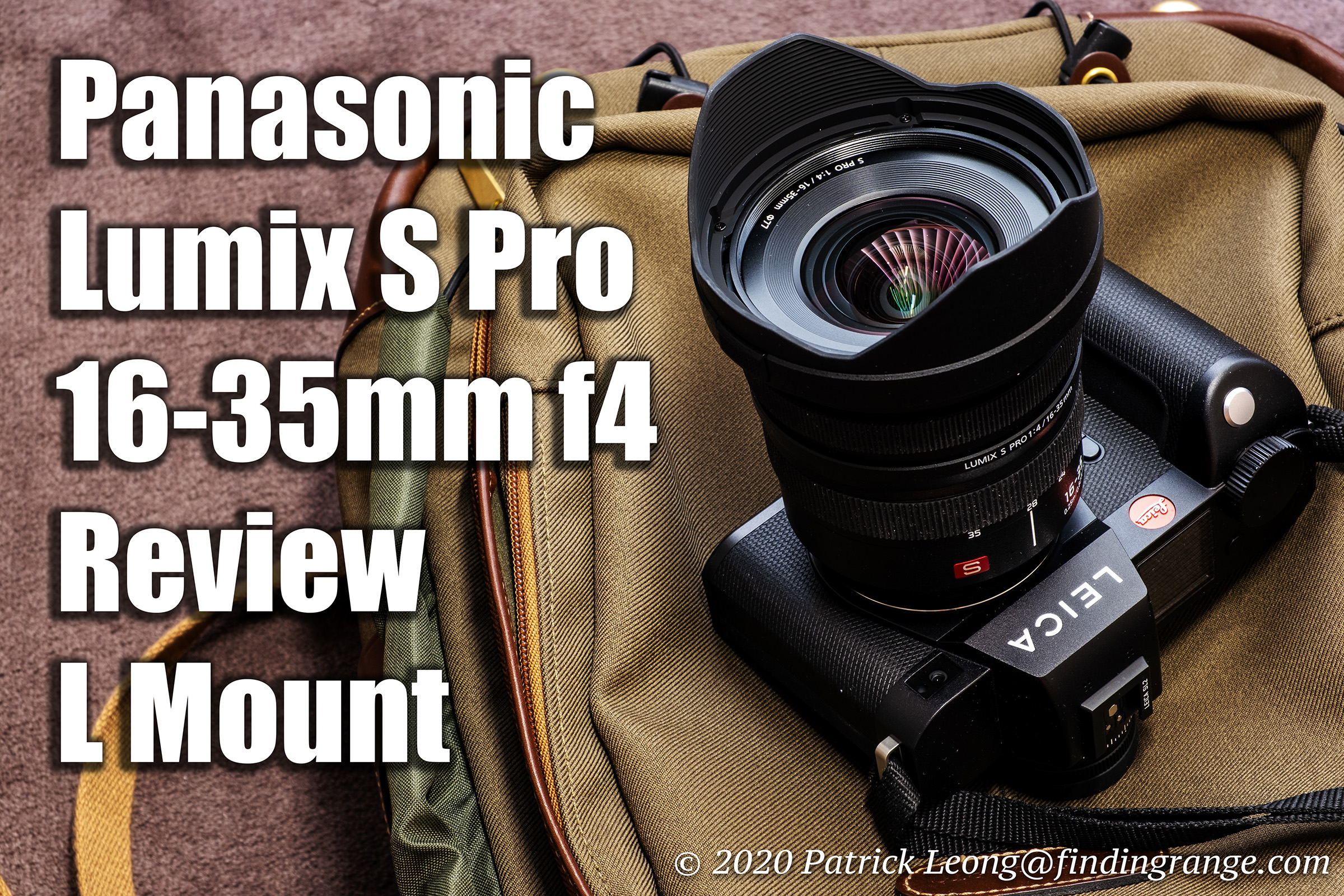
Hi,
Great review. I really like this lens, but on the B&H and Amazon website I saw a review said this lens AF will not work on leica SL and CL after few weeks. Mean the lens turn to default MF on both Leica SL and CL. Did you have that problem? Thanks.
Hi Thang,
Thanks for taking the time to read it! I had no problems with the autofocus on this lens. It worked great. I was using it on my SL2 the entire time, and I had it longer than a few weeks. I hope this helps! Let me know if you have any other questions,
Best regards,
Patrick
Thanks for your information.
Anytime! Appreciate you stopping by!
I am the person who left that comment regarding this lens on the B&H web site. I would only say that my best guess is I simply obtained a bad copy.
I also have the Panasonic 24-105 L mount lens and I have not had a similar problem with that lens on my SL or my CL.
Thanks for letting us know about the 24-105mm,
Best,
Patrick